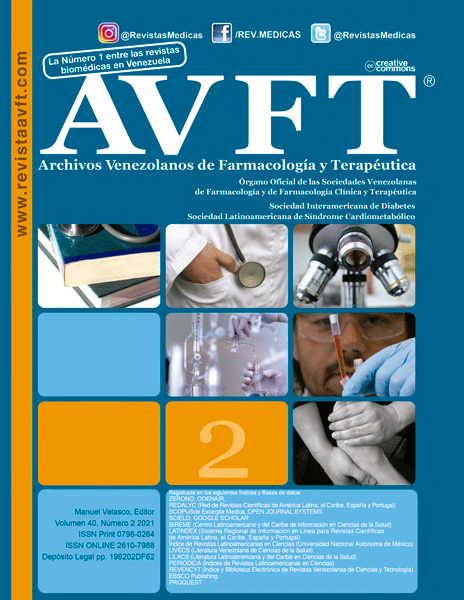Real-time 3D, 2D trans esophageal echocardiography for the evaluation of rheumatic mitral stenosis initial single center experience
Keywords:
3D, 2D Transesophageal Echocardiography, Rheumatic Mitral Stenosis, Initial Single-Center ExperienceAbstract
Abstract: Mitral stenosis (MS) is one form of heart disease of a valvular nature. Narrowing of the mitral valve orifice occurs in the Mitral stenosis. The most common cause of MS is rheumatism fever. Other uncommon causes of MS are calcification of the mitral valve leaflets, congenital heart disease, infective endocarditis, mitral annular calcification, endomyocardial fibroelastosis. The study aims to determine the consistency and viability of using 3dimensional transthoracic echocardiography 3DTEE planimetry (MVA 3D) for mitral valve area (MVA) dimensions in patients that have rheumatic mitral stenosis (RhMS).: A cross-sectional study with analytic elements. The data collection was carried out in the Shahid Al- Mihrab outpatient department. Forty-one patient patients underwent Transesophageal echo (TEE) to eliminate atrial thrombi in the left side, referring to our outpatient department for echocardiographic examination and evaluation of RhMS and suitability for percutaneous mitral valvoplasty (PTMV). The investigator and administrator arranged a self-restricted survey form to collect data from the members by straight meeting with participants. Forty-one patients had MS due to rheumatic heart disease (RhHD), where all (100%) assess MVA measurement by 3DTEE. It was significantly low if compare with mitral valve area by transthorasic echo planimetry (MVA TTE planimetry), mitral valve area by transthorasic echo (MVATTEPHT). However, mitral valve area by continuity equation by transthoracic echo (MVAconTTE) measurement was feasible in 5 patients only (12%), were no significant correlation between them. Mitral valve area by transesophageal echo,3dimension (MVA3DTEE) the best agreement with MVA2DTTE PLANEIMETRY was demonstrated (95 percent agreement limits and then with MVAPHTTTE (95 percent agreement limits. The mean ± SD of MVA3D TEE was 1.06 ± 0.79 cm2 in patients with minimal fusion, the mean ± SD of MVA3DTEE was 0.79±0.21 cm2, in patients with partial fusion, and the mean ± SD of MVA3D TEE was 0.69 ± 0.15 cm2 with complete fusion. There was a significant difference in the mean MVA3D TEE among the different degrees of fusions by 3D TEE (p=0.02). Three-dimensional (3D) TEE echocardiography has demonstrated accuracy for measuring MV area for both calcific also improved the “description” of valve anatomy, and provided an advantage for less experienced operators as a method for MV area measurements.




